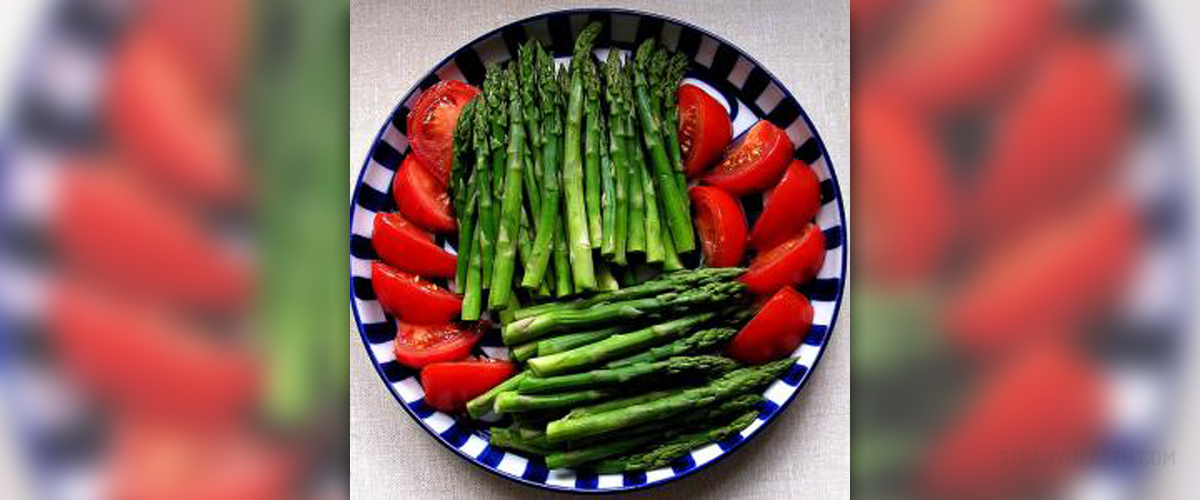
Dark green leafy vegetables should be part of every day diet, because they have numerous benefits and promote good health. Like most plant-based foods, they are best if consumed raw, and for those vegetables where this is not possible, the cooking time should be as short as possible, in order to preserve all the precious nutrients.
Benefits and nutritional value of dark green leafy vegetables
These vegetables are an excellent source of many essential nutrients, like vitamins and minerals. They are rich in vitamins A, C, K, D, E and folate, and also in iron and calcium.
Dark green leafy vegetables represent a good source of fiber, which is important for absorption of vitamins and minerals and for proper functioning of gastrointestinal health.
Since some of the vitamins they contain, like A, K and D, are fat-soluble, they need to be combined with a small amount of dietary fat, best if olive oil, sesame oil, pumpkin seed oil and similar. Otherwise the absorption of these vitamins will not be complete and the body will not have a full benefit of it.
Examples of dark green leafy vegetables
Arugula is one of the most delicious dark green leafy vegetables. It has a peppery taste and it is rich in vitamins A and C and in calcium. It can be served as a salad, alone or combined with other vegetables, or it can be added to a sandwich.
Broccoli is a vegetable with many health benefits. It contains vitamins A, C, K and folate. It is a good source of fiber and it can be eaten raw, stir-fried, boiled or even baked.
Collard greens have a mild taste and they are best if boiled briefly and then added to soups or stir-fried. With proper seasoning they make a great side dish.
Many people hate dandelion leaves because they feel like eating a part of a flower, and in fact these greens are leaves of the dandelion, but they are very nutritious and their bitter, tangy flavor can be very refreshing.
Kale is also bitter, though much less than dandelion greens, and its flavor somewhat resembles cabbage. It works best in soups, sauces and stir-fry dishes.
Romaine lettuce is one of the most nutritious types of lettuce. It contains vitamins A, C K and folate and it is mostly used in mixed salads or in sandwiches.
Spinach is a good source of iron and it also contains vitamins A, C and folate. It can be eaten raw, in salads, especially, if using baby spinach, or it can be steamed and mashed. Spinach also goes great in soups and pastas.
Swiss chard has a taste similar to spinach and it has a similar nutritional value. It can be eaten raw or stir-fried.

















Your thoughts on this
Loading...